
Child Abduction: This Devastating Form of Modern Slavery Threatens Peace and Stability in South Sudan
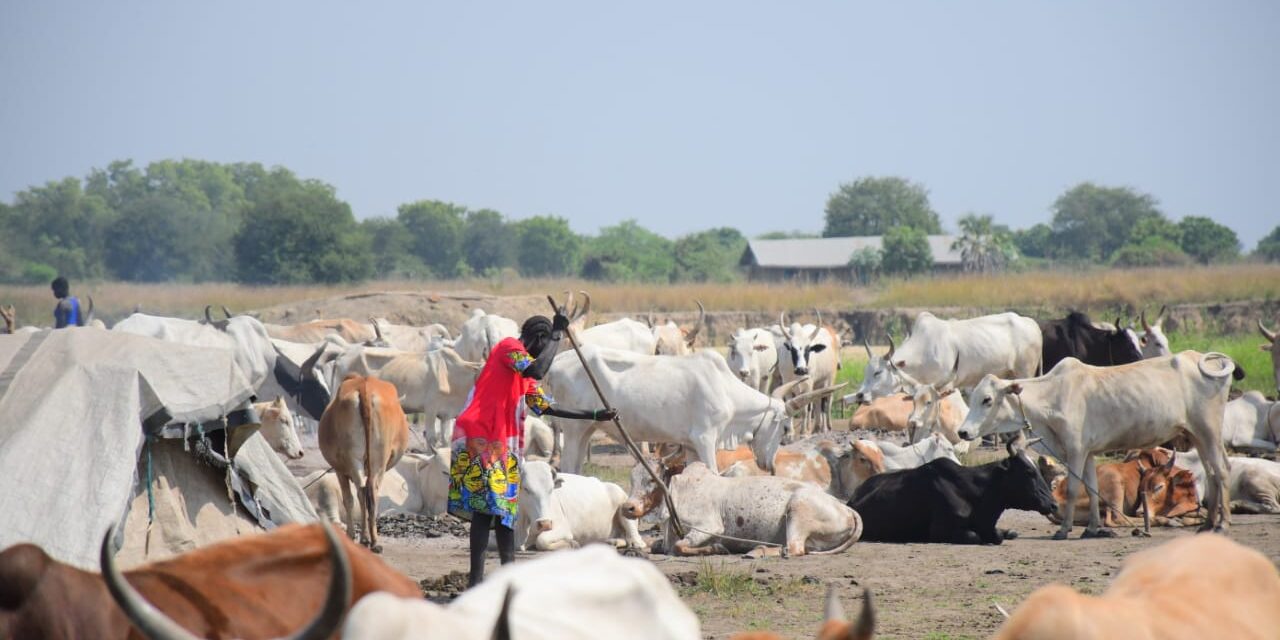
By Deng Ghai Deng
On a sunny morning in June 2015, Majak Athem heard gunshots and screams from his sister’s house in Bor County. He sprinted to her house. Armed youths had abducted three of his sister’s children: two boys and a girl aged 7, 6 and 4, respectively.
“I was shocked and devastated.” Athem tells The Insider.
“I couldn’t believe what I saw. They took away my sister’s children, who were like my own. They were innocent and beautiful. They didn’t deserve this.”
Child abduction is a widespread and devastating crime that has been normalized in South Sudan for decades. According to The Sudd Institute, a think tank based in Juba, child abduction in South Sudan is a form of modern slavery, employed in the context of inter-communal violence and cattle raiding.
The brutal practice started in the 1930s but gained widespread attention in 1997, after the abduction of more than 200 children from a cattle camp in Nyanding.
Armed groups from rival communities kidnap women and children for various purposes, such as forced marriage, labor, ransom, revenge or sale to foster parents. [LA1] [P2] Child abduction is most common among the Murle, the Dinka in Bor, the Nuer and other tribes in Eastern Equatoria, such as the Toposa.
These communities have engaged in cycles of revenge attacks over cattle and land. The crime has expanded to the Equatoria region in recent years, as the country’s security and economic situation has deteriorated.
More than 2,000 children were abducted in the Greater Jonglei region between 2015 and 2020, mostly by the Murle ethnic group, according to the Jonglei state government. [LA3] [P4] [LA5] [P6]
More recently, in January 2023, Eye Radio reported that “conflicting data on abductees released by authorities in Jonglei and Pibor administrative Area show that over 2,000 children and women were abducted in the last six months.”
Philip Aguer Panyang, a lecturer and head of the department of security and strategic studies at the University of Juba, says child abduction threatens peace and stability in South Sudan.
The child abductors often kill any parents who resist. “You can imagine that [this] is just like a genocide. And this will cause a diminishing of population in Greater Jonglei.” Aguer says.
A survivor of human trafficking tells how he escaped.
A boy and a girl cleaning off cow dungs from their settlement in Bor
Deng Madit Aleer, 26, is a survivor of human trafficking at gunpoint. The savage events of Nov. 9, 2011, are seared into his psyche.
Only 13, he was traveling by bus from Juba to Bor when armed men attacked and abducted him.
“I was the only child,” Aleer says. “Eight armed men took me to the bush. We spent nine days [walking] until we reached Murle land.”
In Manyabol village, Aleer was sold to a group of men who took him to Likuangole village, Greater Pibor Administrative Area, where he would be sold to an elderly childless woman from the Murle community.
Like Aleer and Athem’s nephews and niece, abducted children are often forced to assimilate into the Murle culture, given new names and identities, and sometimes subjected to physical and sexual abuse.
About three months later, when armed youth from Likuangole attacked Namaam, a village close to where Aleer was being kept, he got the chance to escape.
“We spent most of the time running up and down.” Aleer says.
On the afternoon of Feb. 23, 2012, Aleer reached the Manypokor Military barracks a few kilometers from Likuangole. He realized he was finally free. He was taken to Pibor town and later to Bor City, where he was reunited with his parents, thanks to the United Nations.
Local authorities in the Greater Pibor Administrative Area, a semi-autonomous region that is home to the Murle community, have held meetings, carried out disarmament campaigns, negotiated peace agreements and tried reconciliation efforts to combat child abduction. But there’s been little progress, says Nhial Tiitmamer, a researcher with The Sudd Institute.
The insecurity in the country, lack of resources and mistrust among the parties has hindered progress, says Aguer at the University of Juba.
Almost 27 years later, Nyakong Wang, abducted at 5, “has not come back”
In June 1997, youths from the Murle tribe abducted more than 200 children from Puok Nyang Tutjiek’s cattle camp in Nyanding, Jonglei State, Tutjiek says.
From his family, “five children were abducted that day,” says Tutjiek, who witnessed the incident. He still recalls their names vividly. Two of them were his nieces: 7-year-old Nyanhial Wang and 5-year-old Nyakong Wang.
“From the same family also, there was somebody named Nyajuok Wel who was abducted; there was also a son from Manyial Maluet who was abducted; and from another place very near us, somebody called Oguok Nyang [a boy] was abducted, plus other children whom I know. There were so many children abducted,” Tutjiek says.
“Most of the characteristics and features of slavery are present in” child abduction, says researcher Tiitmamer.
“Money or cows will exchange hands, so this is one aspect of slavery. Someone has to travel all the way from Pibor to Bor or Akobo and to any other areas like Bari to come and kidnap the children to go and sell them, so basically, it’s a business enterprise for them.” Tiitmamer says.
The root causes of child abduction are complex and intertwined, including poverty, insecurity, weak rule of law, cultural norms and historical grievances. Some communities in South Sudan view children as a source of wealth and prestige and use them as bargaining chips in disputes over land or cattle or to obtain revenge.
In rare instances, abducted children are rescued. Authorities of the Greater Pibor Administrative Area returned 80 of the more than 200 taken at Tutjiek’s cattle camp. They included three of the five children kidnapped in Tutjiek’s presence. One year after the abduction, he ran to Akobo Hospital in Akobo town, where the rescued children were being treated.
“I went there to check whether I could recognize some children.” Indeed, Tutjiek recognized three of them.
“Nyajuok saw me, and she ran and hugged me. I was crying,” Tutjiek says.
“I recognized Nyanhial; I recognized Manyial Maluet’s son, and I recognized Nyajuok ‒ three of them ‒ the rest I didn’t recognize. I asked Nyanhial, ‘Where is Nyakong?’ She said Nyakong was taken by another man. And that is how Nyakong disappeared, and up until now, Nyakong has not come back.” Tutjiek says.
Santino Allan, a Murle youth leader from Manyabol, says he has seen members of his community trade children ‒ especially girls ‒ and illegal drugs for cattle and money.
“I saw some members of our community buying those ladies with cattle,” says Allan, who is working as a peace mobilizer, engaging young people and the elderly in his community to raise awareness about child abduction and prevent violence.
In addition, officials from the Greater Pibor Administrative Area are collaborating with the Jonglei state government, the UN and civil society groups to implement a peace agreement among the communities of Jonglei and the Murle to facilitate the reunification of abducted children with their families.
Between 2021 and 2023, local authorities reunited at least 266 abducted children and women with their families in Jonglei State and the Greater Pibor Administrative Area, the Sudan’s Post reported in October 2023. [LA7] [P8] [LA9] [P10]
What’s a solution to child trafficking?
Authorities in Pibor are developing local laws to criminalize child abduction. “We set the rule that if anyone abducts a child, he or she will be arrested, arraigned in court, and if found guilty, will be fined and imprisoned,” says Abraham Keleng, information minister of the Greater Pibor Administrative Area.
The current law states that anyone who abducts a child will be fined 40 cows, or an equivalent of $20,000 or 20,000,000 SSP. The culprit will also face up to 14 years behind bars.
“The government has to put this [child abduction] to an end by strengthening the authority in the area, by illegalizing this and coming up with laws to eradicate it, by having capital punishment for this,” researcher Tiitmamer says.
“Across the world, child or human trafficking has serious punishment, either life imprisonment or [the] death sentence,” Tiitmamer says.
“This story was produced as a result of a grant provided by The Insider South Sudan with support from the Global Initiatives Against Transnational Organized Crime (GITOC’s) Resilience Fund supporting community responses to organized crime.”

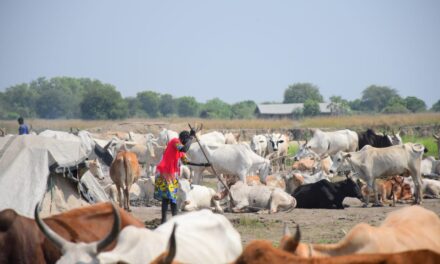

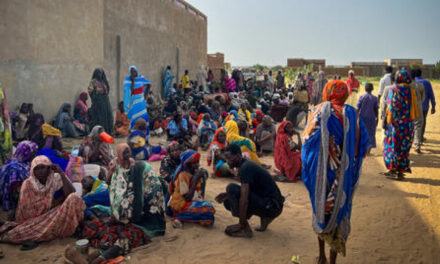


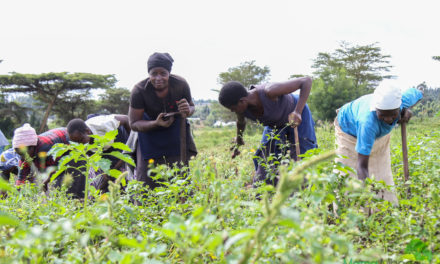
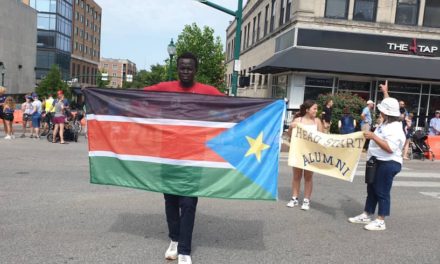

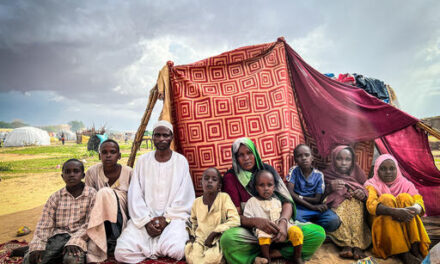
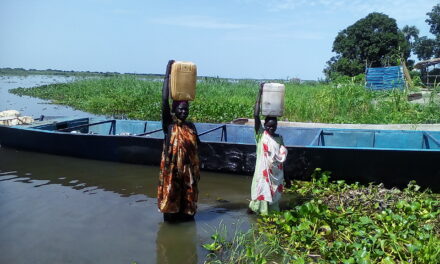

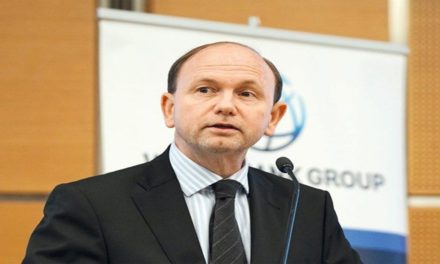
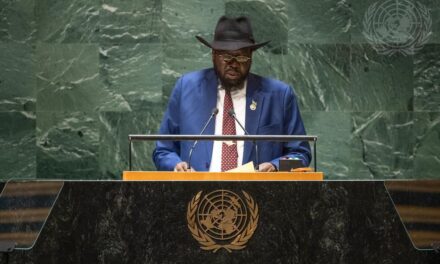
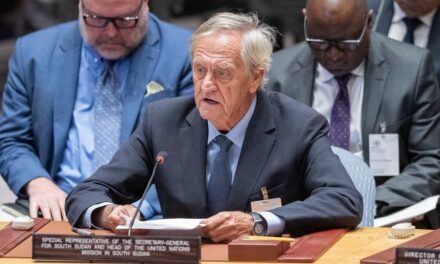


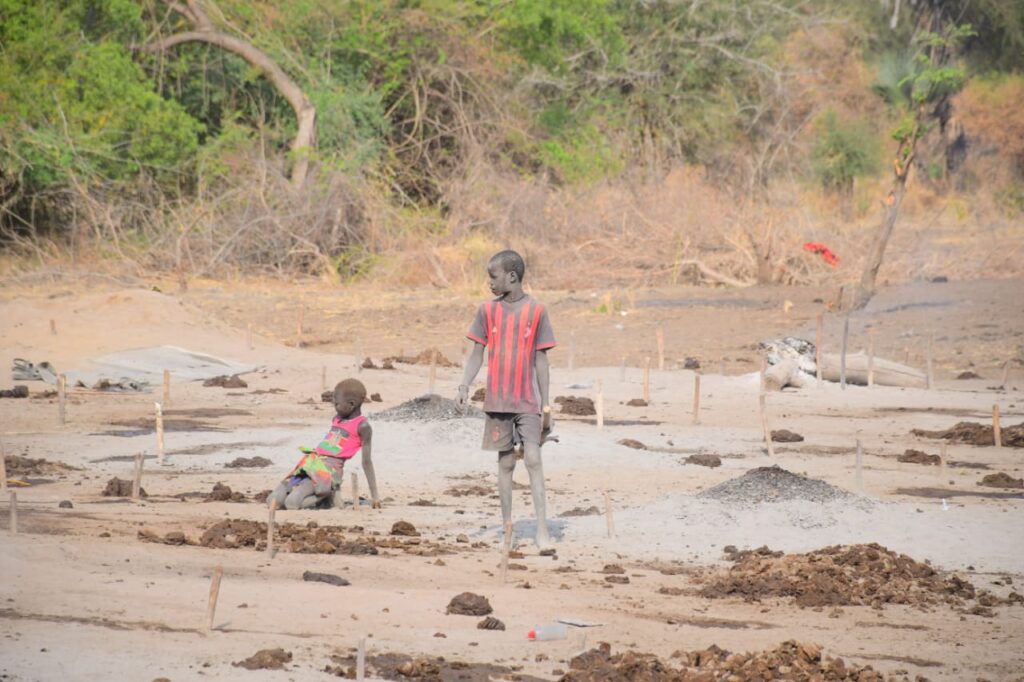
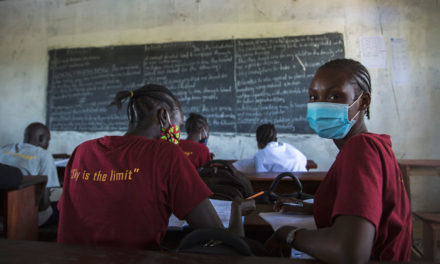
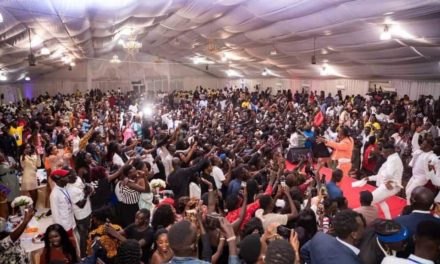

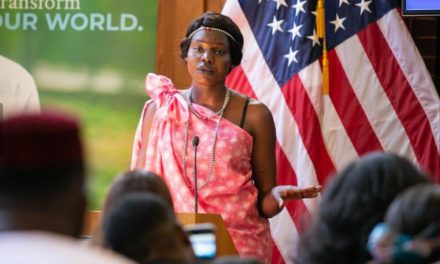
Recent Comments